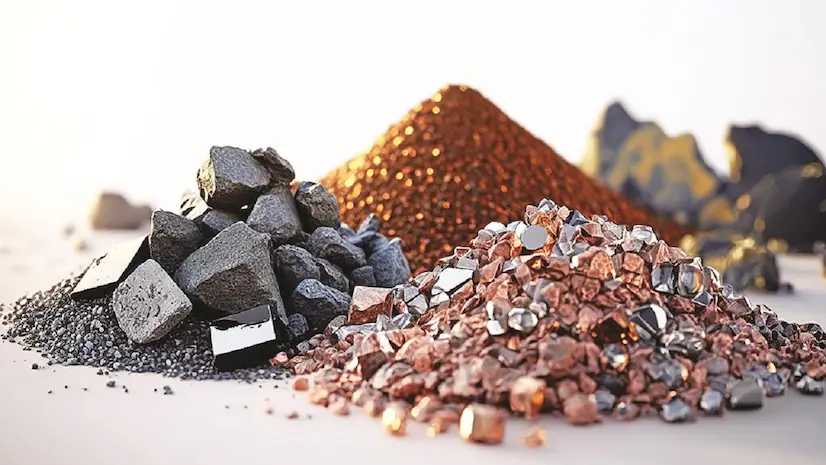India–US Trade Tensions Rise Over Steel and Auto Tariffs NMDC Limited reports a 38% drop in Q4 FY24 consolidated net profit RINL to Raise $23 Million Through Land Sales Amid Crisis

The Supreme Court reserved its decision on Thursday on the highly contentious issue of whether the royalty payable on minerals is a tax under the Mines and Minerals (Development and Regulation) Act, 1957, and whether only the Centre has the authority to levy such an exaction or whether states also have the authority to levy levies on mineral-bearing land in their territory. Over the course of eight days, a nine-judge panel commanded by Chief Justice DY Chandrachud considered 86 appeals submitted by various state governments, mining firms, and public sector enterprises.
Solicitor General Tushar Mehta, also representing the Centre, said the entire architecture of the Mines and Minerals (Development and Regulation) Act (MMDRA) is the limitation on the state's legislative power to impose a tax on minerals and, under the law, the central government has the power to fix royalty.
The apex court's nine-judge bench began hearing the complex matter on February 27 because of two conflicting constitutional bench decisions on the issue. Royalties are payments that the user party makes to the owner of an intellectual property or real property asset.
The case has its roots in a dispute between India Cement Ltd and the Tamil Nadu government. India Cement secured a mining lease in Tamil Nadu and was paying royalties to the state government. The state government then imposed a cess in addition to royalty on India Cement, which moved the Madras High Court against the measure, contending that a cess on royalty meant a royalty tax which was beyond the remit of the state legislature.
The Tamil Nadu government argued the cess was by way of land revenue and on mineral rights, which it was empowered to impose. However, in 2004, a five-judge constitution bench, while hearing another dispute over imposition of cess on land and mining activities between the state of West Bengal and Kesoram Industries Ltd held there was a typographical error in the 1989 verdict and that royalty was not a tax. It said the phrase "royalty is a tax" should instead be read as "cess on royalty is a tax" and that the 1989 judgement held that royalty is not a tax.
Over 80 more petitions were filed in the Supreme Court over the years, and since the India Cement matter was dealt with by a seven-judge bench, the matter was referred to a nine-judge bench to decide whether a royalty is a type of tax or there was an error in the India Cements case judgement.
These advocates submitted only Parliament can impose taxes on minerals under the MMDRA and states are completely denuded of the power to levy any taxes on mines and minerals.
Also Read : GST compensation cess could terminate before March 2026 deadline India considers export tax on low-grade iron ore